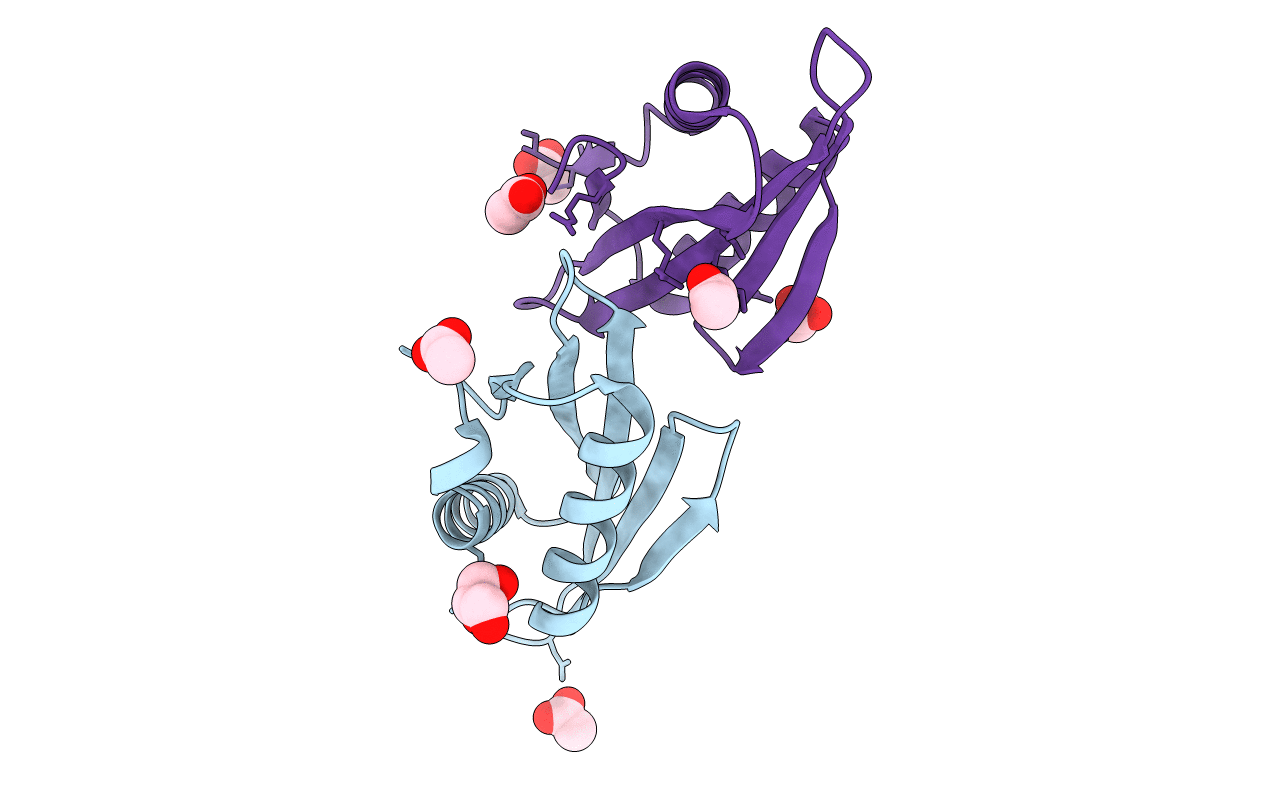
Deposition Date
2017-07-18
Release Date
2017-10-04
Last Version Date
2024-11-06
Method Details:
Experimental Method:
Resolution:
2.50 Å
R-Value Free:
0.24
R-Value Work:
0.21
R-Value Observed:
0.21
Space Group:
P 3


